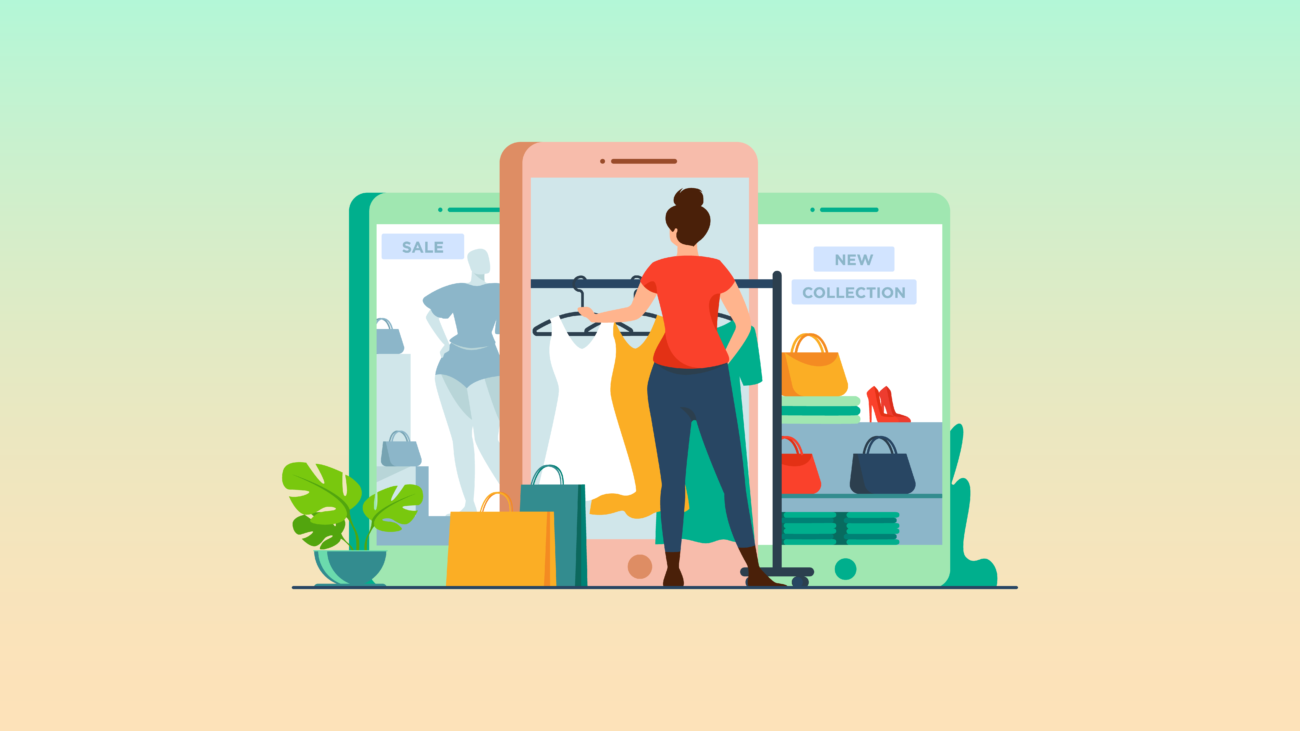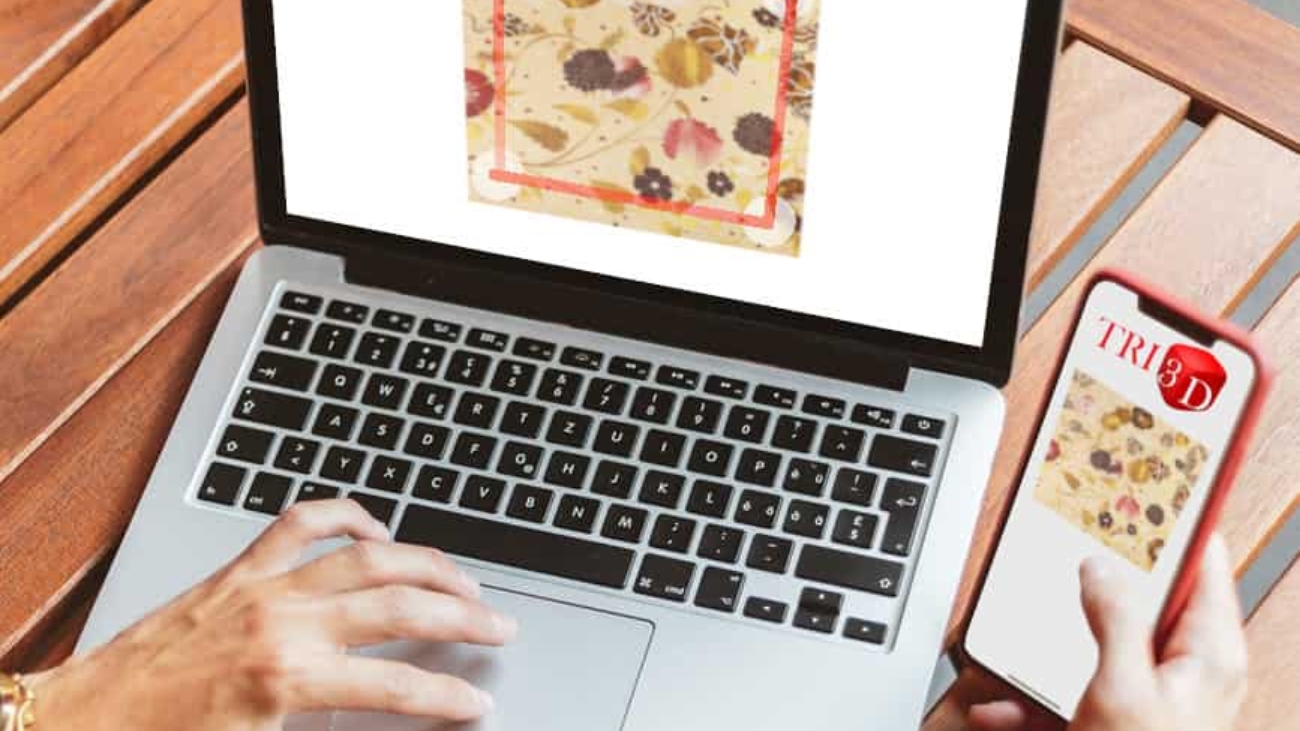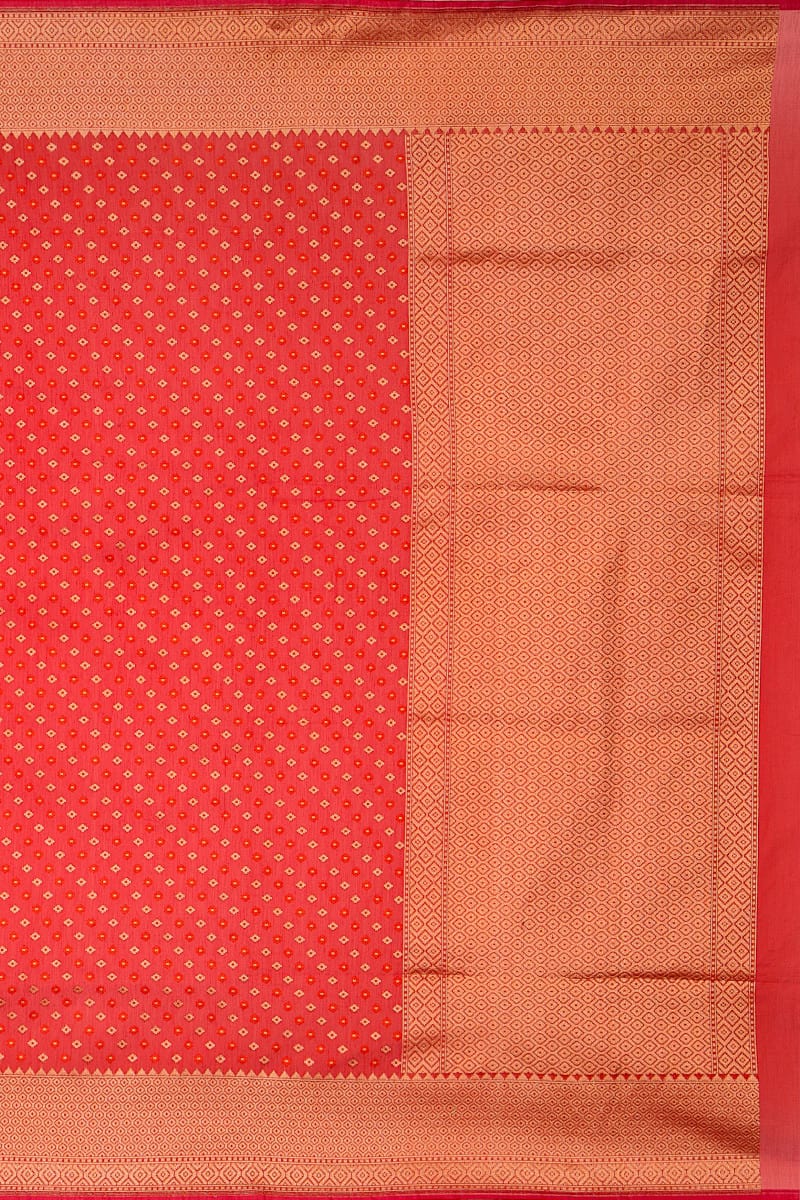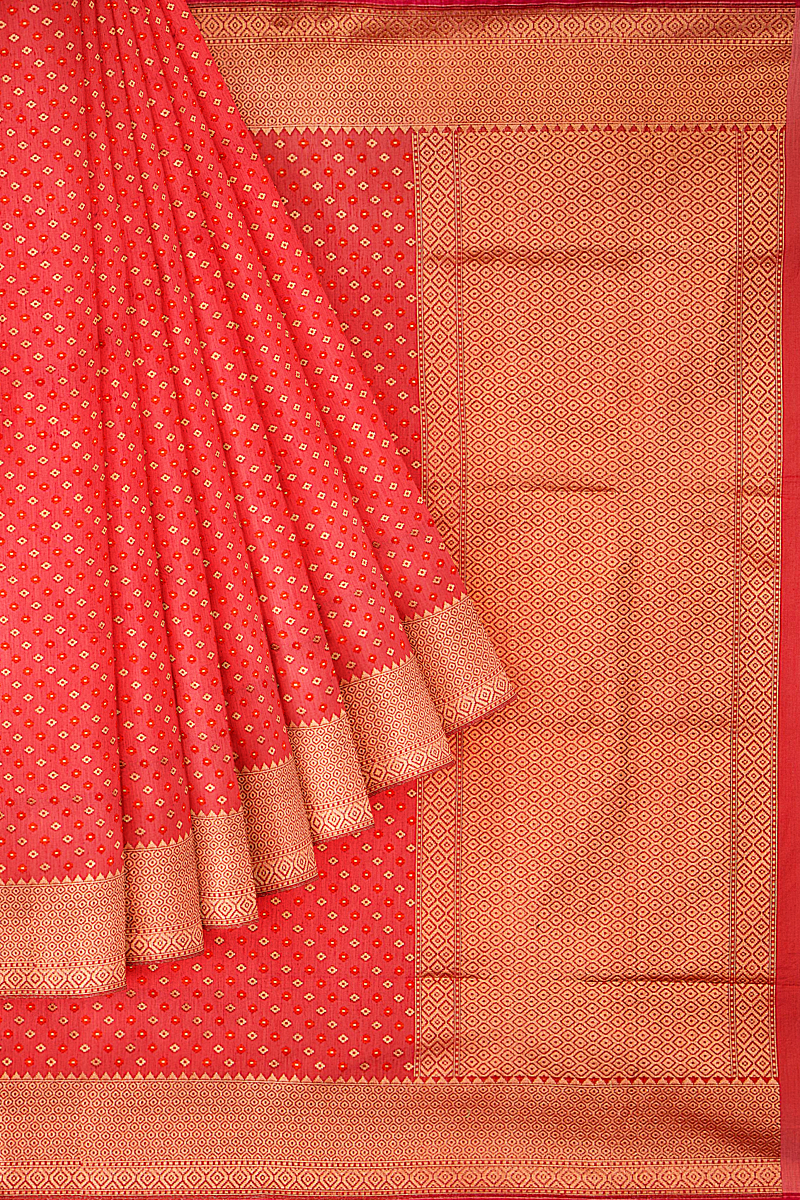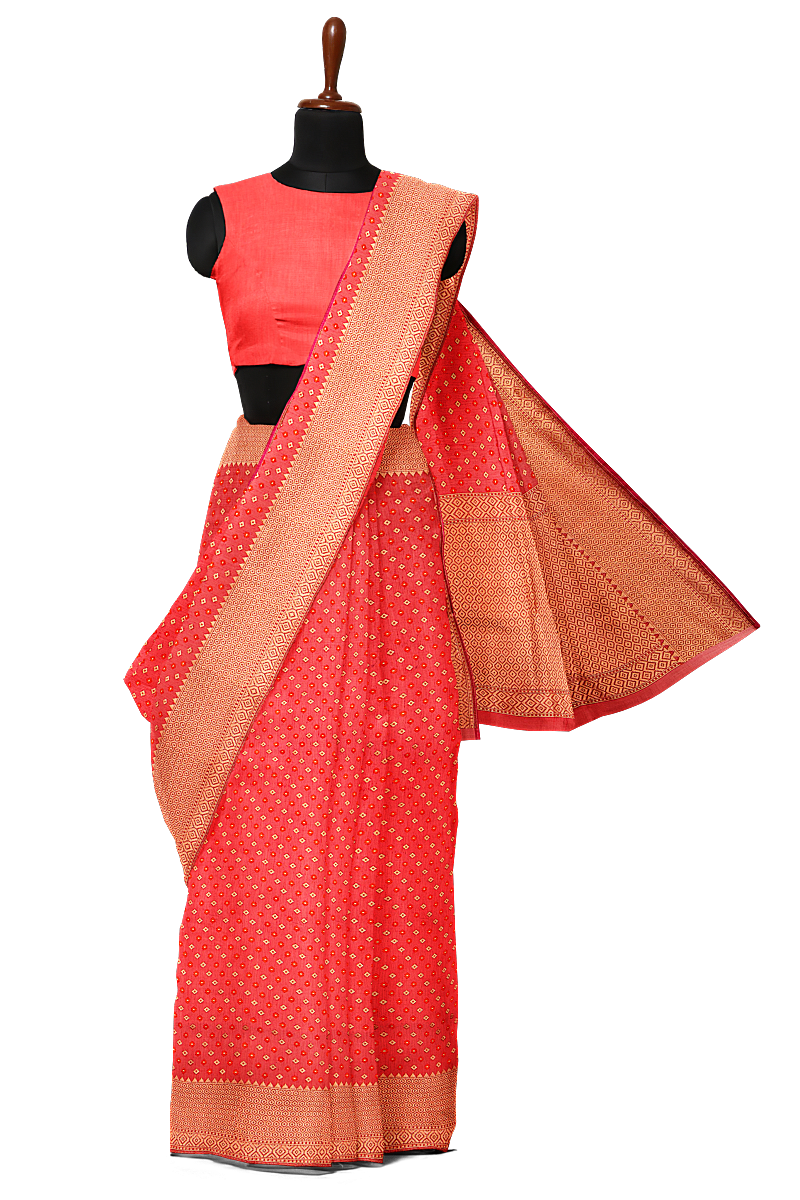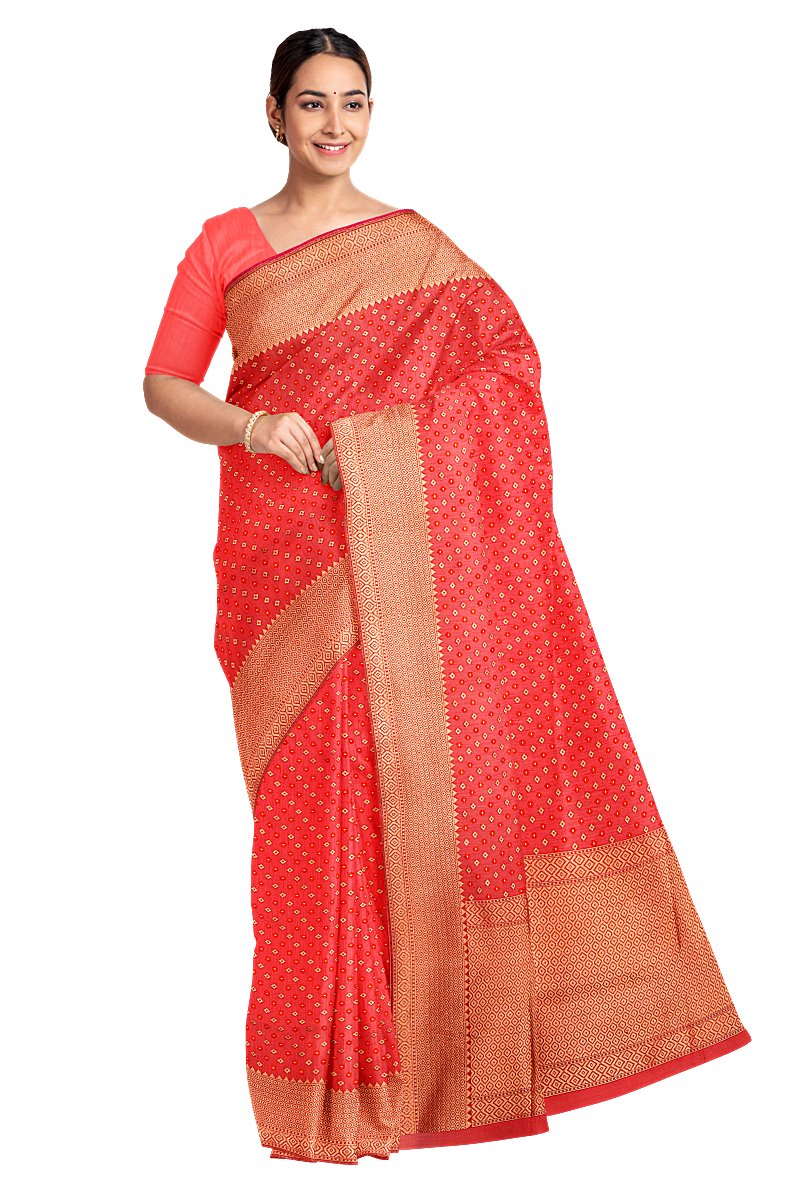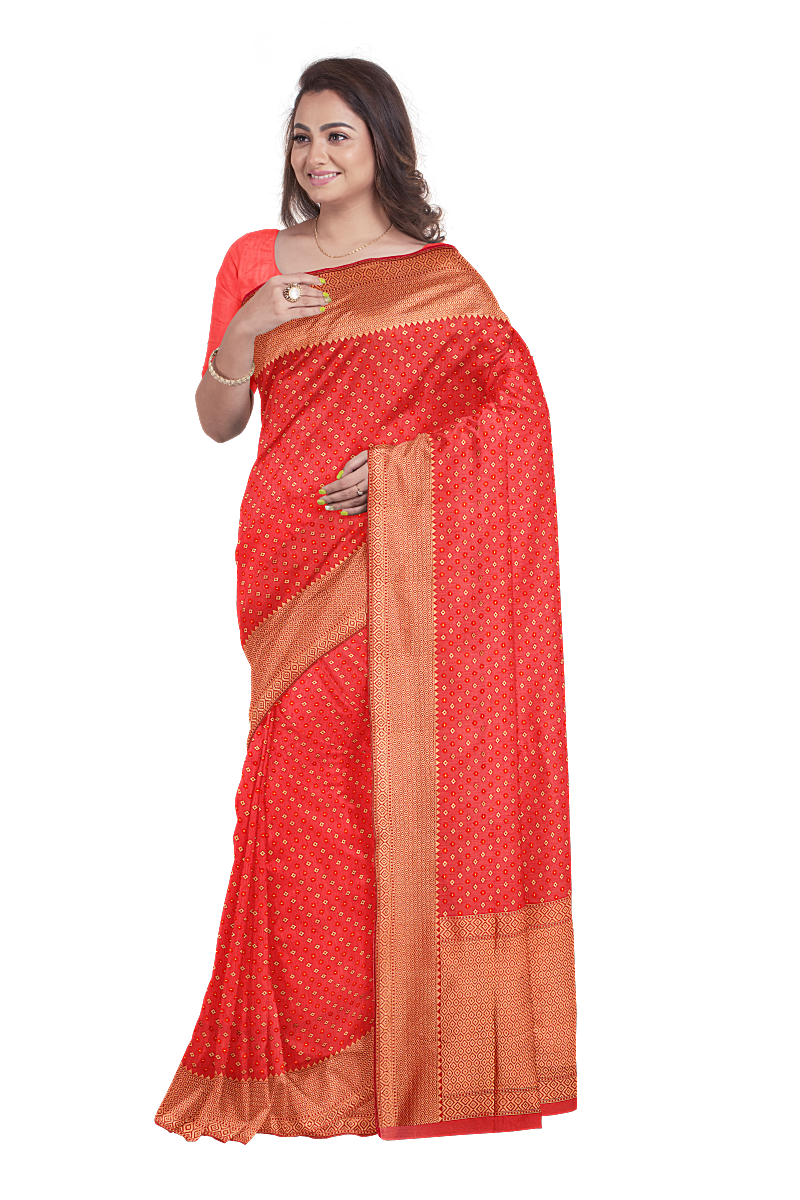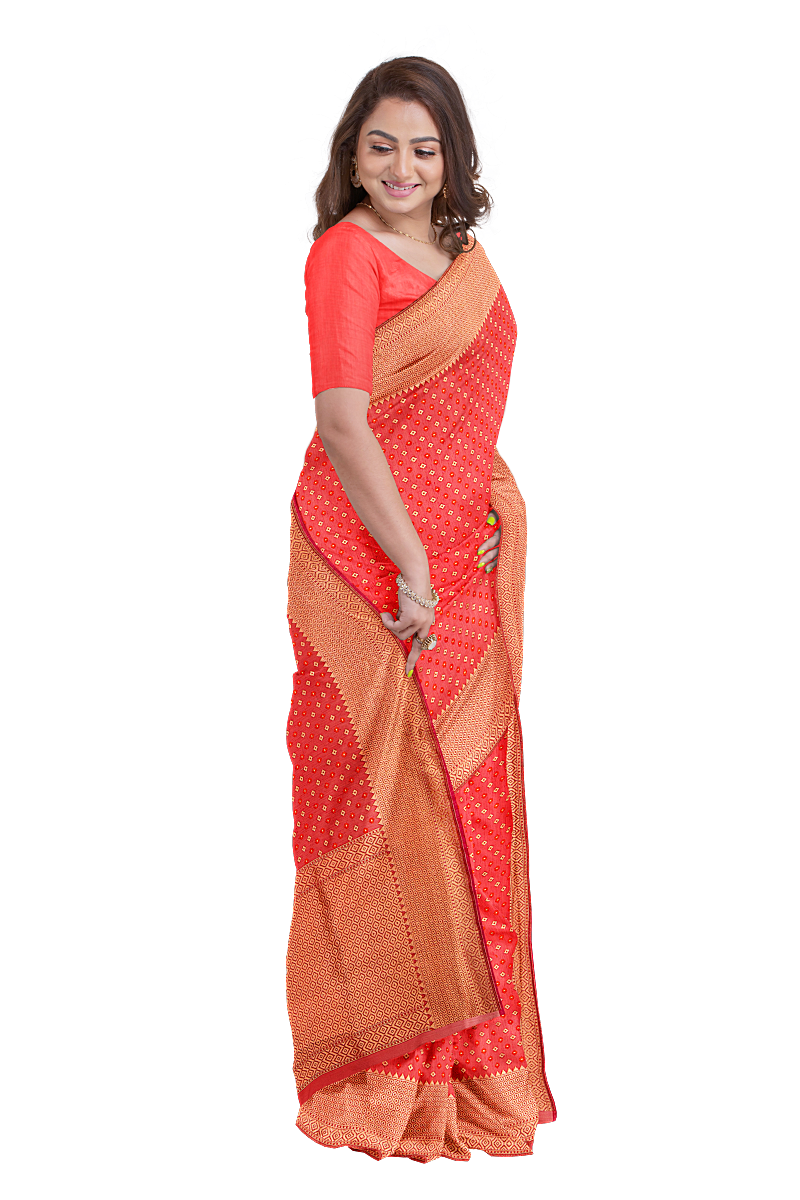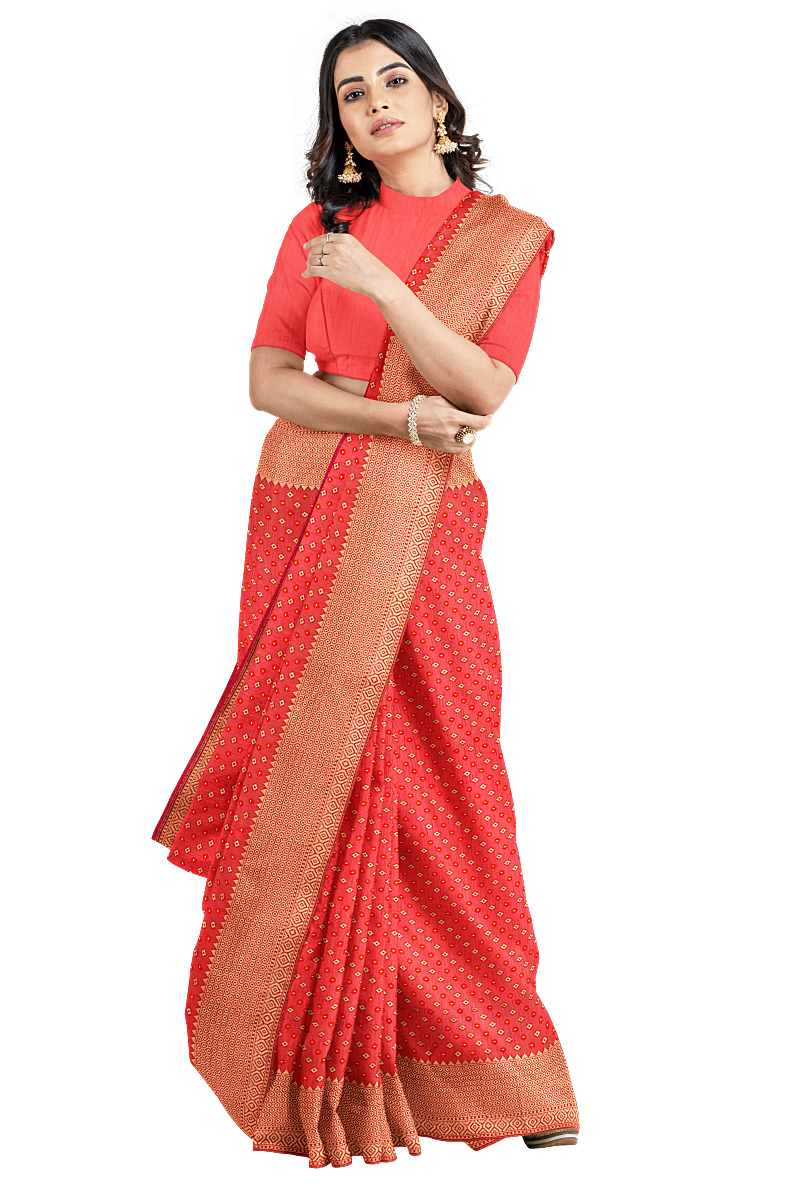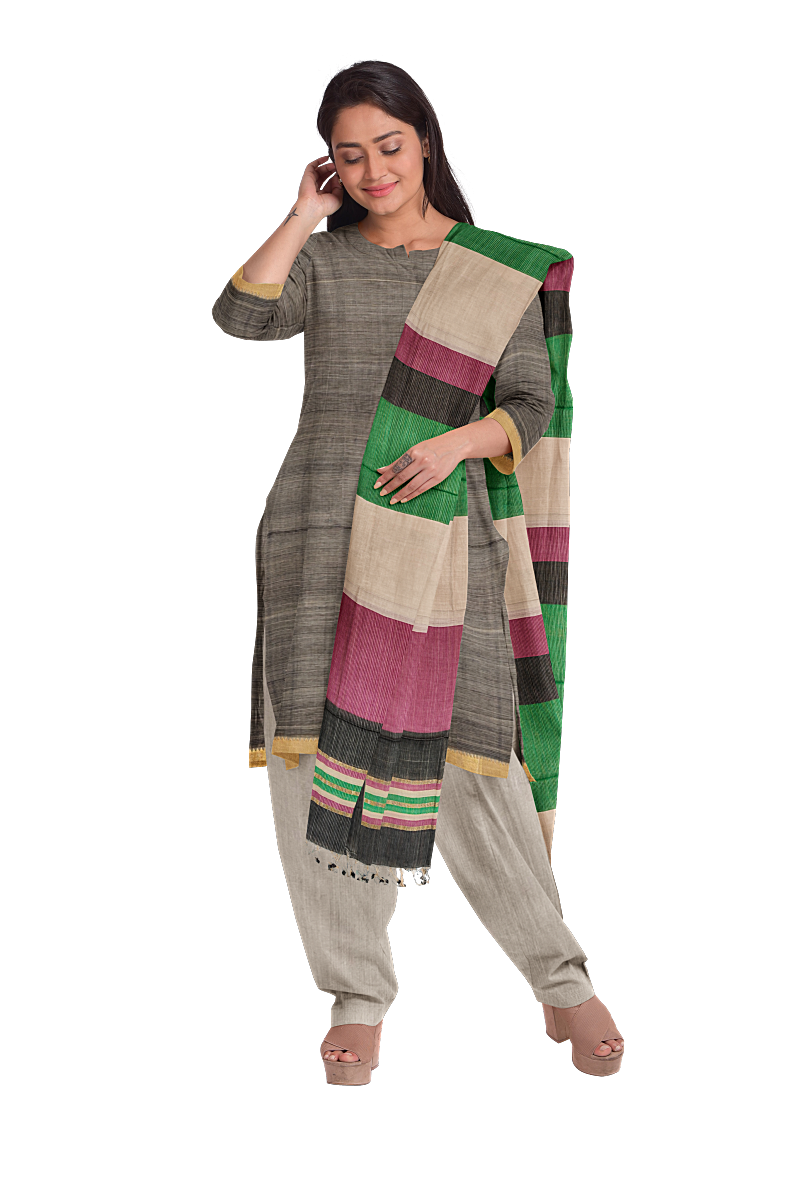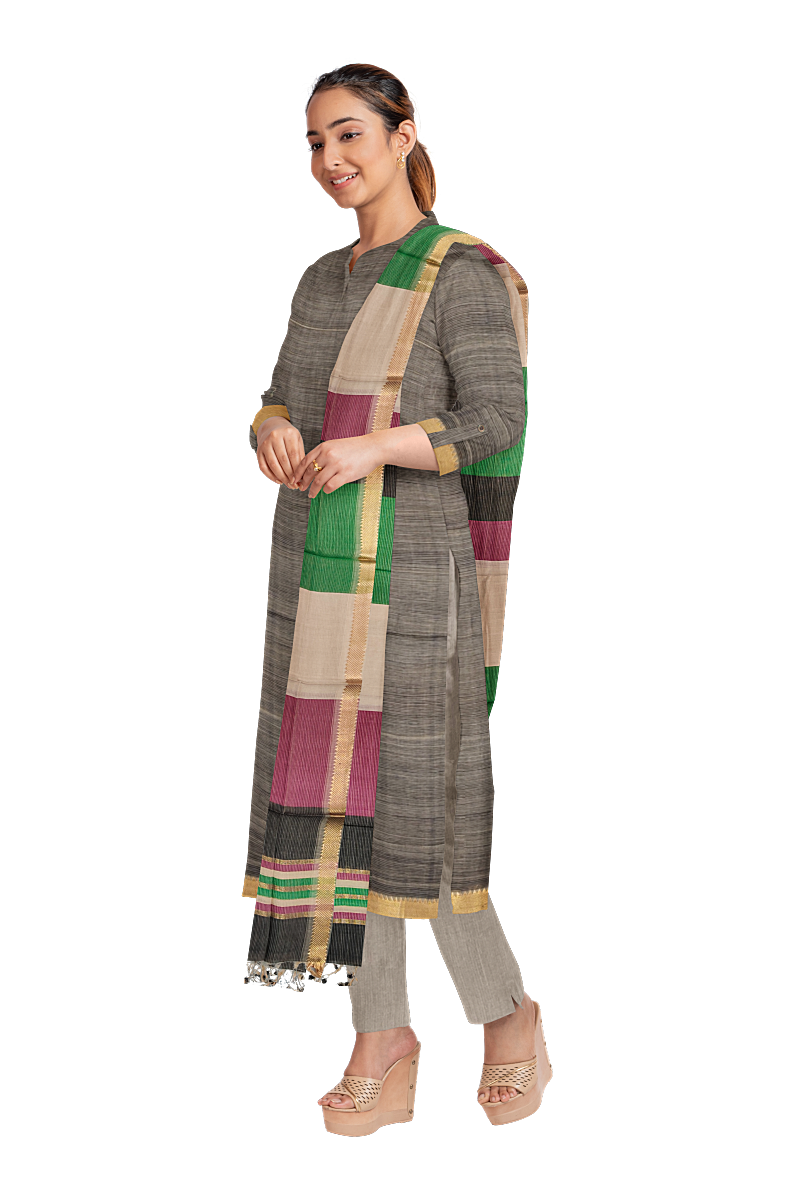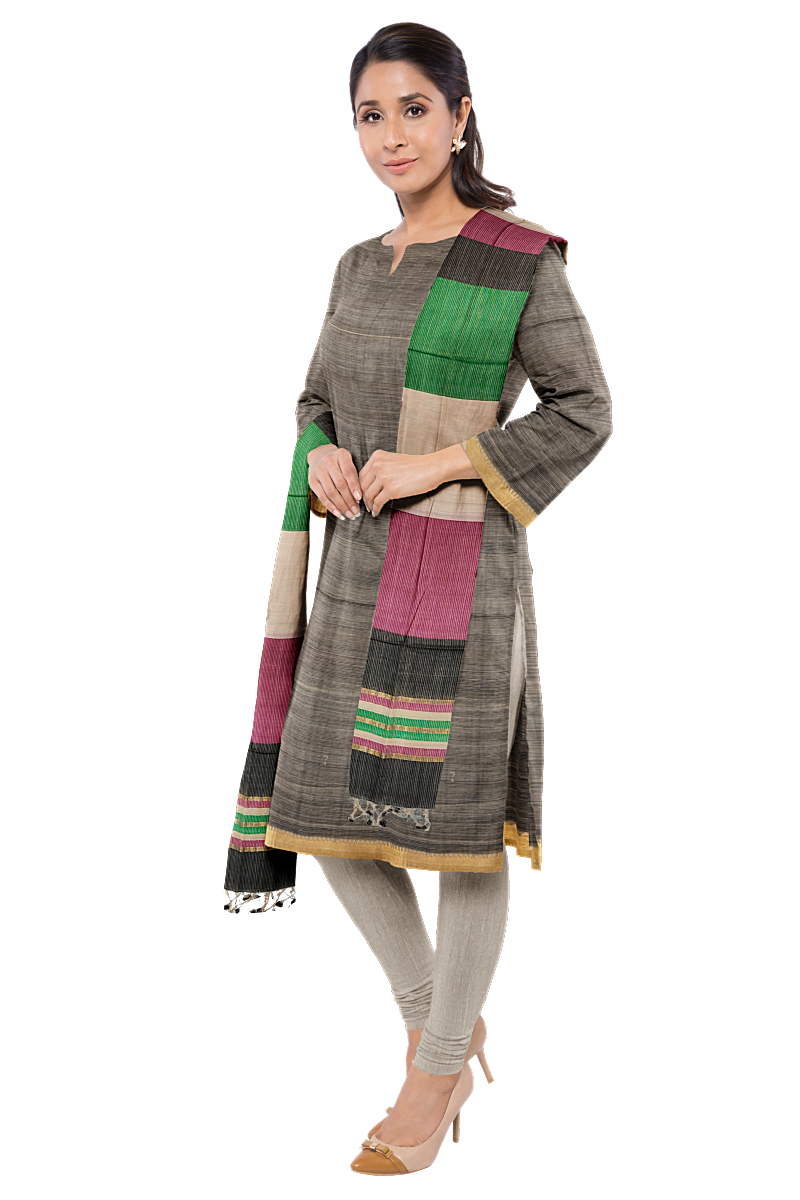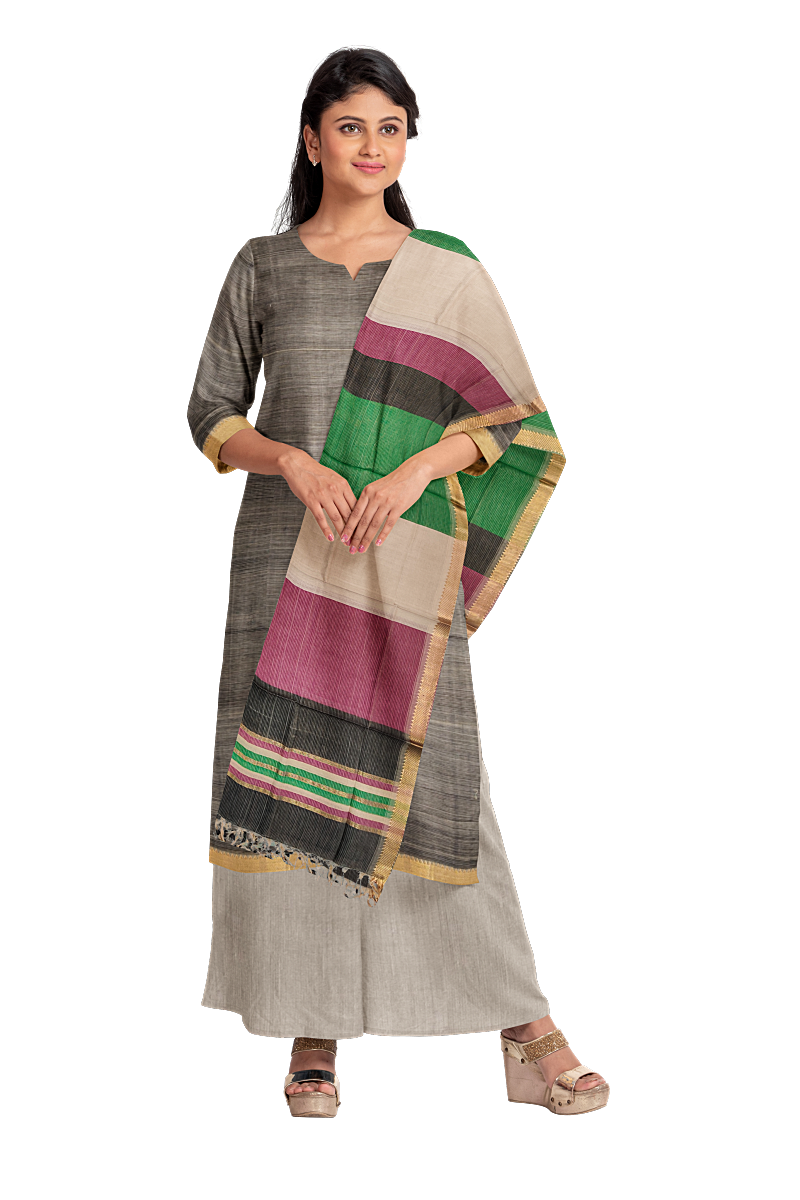How to visualize a fabric?
Basics first.
Do you get a lot of customers who would shop for running fabrics with the intention of taking it to a tailor or a designer later for stitching ? What would they make the fabric into ? A dress? Gown? Suit? Furniture? Pillows? Home furnishing? What is their thought process while buying a fabric in a retail store? What would be their thought process if they had to buy a fabric online? Did you try stepping into their shoes through their journey of buying a fabric?
There is a lot of technical help when it comes to what all things a customer needs to know for buying a fabric, or rather while deciding to buy a fabric. Let’s assume they know all of it, or they have done enough research and finalized their criteria, like, what kind of a fabric to buy, budget, and the use case. But once they are in your store, how do they shop for fabrics? How do they know what colors and prints to look for?
I found this method most common, where in the customers would have a lot of reference photos, and have a fair idea of what you are going to do with the fabric. They start looking for fabrics similar to what is there in the photo. Or they come to the store with an open mind and the seller starts guiding and helping them with the shortlisting.
Based on your immense experience of selling fabrics and following trends from the area and globally, you also start filtering some good alternate options. Here comes the tough part, where they would now start imagining and visualizing in your mind, beyond what is available in their reference photos. How these fabrics would look like once they are stitched. This is potentially a huge space where in the seller and the customer might be on different pages. You might lose the sale, because the customer is not able to imagine it the way you are able to. In this new times, the customer might try to find more images with similar fabrics, but it is very rare that they would find an image on their phone of the exact same fabrics you are showing. All this, can happen virtually, even if you are an online seller.
The ready-made market combats this problem by running photoshoots on good looking models and cataloging those pictures. But this could be a very expensive process for fabrics! There is an additional investment of converting the fabrics into garments for doing that!
But what if I told you there is an easy and a more effective alternative?!
This is where TRI3D comes in! You can visualize your fabrics in various different trending garment styles instantly, just by clicking the photo of the fabric. The images are extremely realistic and the customers would be awestruck by the visualization. This video shows how we do it.
TRI3D fabric visualization app would help your sales person to present the fabric easily to the customers and reducing their decision making time, and helping you sell more to a customer beyond what they walked into your store for. Good news, we have some live examples. Regal fabrics from Dubai is one of our happy customers!
Sign up for more such exciting updates about TRI3D!
Check out website for more details and drop us an email or call us if you’re interested!
PS: While we are on the topic, we thought it would be fair to lead you to . Here are some interesting posts on what are some good places to buy a fabic online
https://www.heytherehome.com/best-places-to-buy-fabric-online/
https://improb.com/best-online-fabric-stores/
https://www.housebeautiful.com/shopping/g26813260/best-online-fabric-stores/
